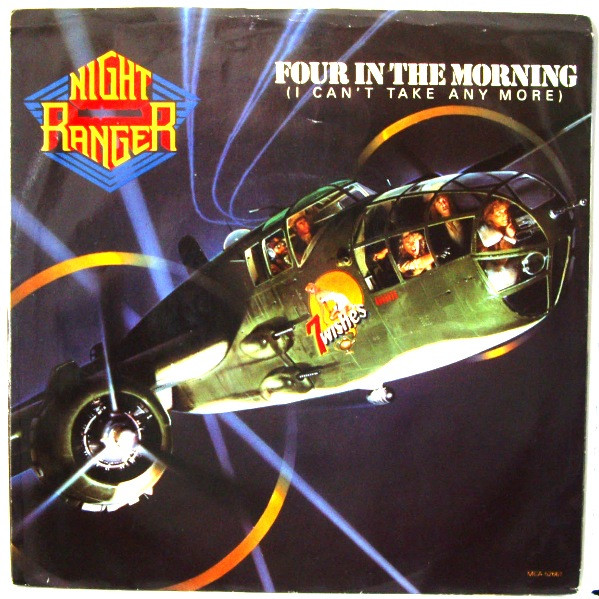|
| LavenderMarillion |
Writer(s): Fish, Mark Kelly, Steve Rothery, Pete Trewavas, Ian Mosley (see lyrics here) Released: August 27, 1985 First Charted: September 7, 1985 Peak: 5 UK, 5 DF (Click for codes to charts.) Sales (in millions): -- Airplay/Streaming (in millions): -- radio, 9.6 video, 20.48 streaming |
About the Song:Misplaced Childhood was the third studio album from the British neo-prog group Marillion. It was their commercial pinnacle, topping the UK charts and selling over 300,000 copies. The autobiographical concept album gave listeners a glimpse of lead singer Fish and his struggles with depression after a breakup, dealing with fame, succumbing to drug abuse, and finally finding the direction he needed. The album was fueled by the top-5 success of lead single “Kayleigh” and follow-up “Lavender.” The two songs remain the highest charting in the band’s history. While “Kayleigh” confronted the very adult problem of a failed relationship, “Lavender” was about “the innocence of childhood.” WK Fish wrote this about the song: “The guy’s looking back on childhood all the time. He looks on his childhood as being the ideal world, the simplicity of then. He can’t figure out at what point he stopped being a kid and became and adult.” JC Of course, by the end of the album, he finds out he doesn’t need to abandon that youthful spirit; he finds out he's only misplaced his childhood. The song features verses that are reminiscent of “Lavender’s Blue,” a 17th century English folk song. WK It also references the title track from Joni Mitchell’s The Hissing of Summer Lawns with the line “I was walking in the park / Dreaming of a spark / When I heard the sprinklers whisper, shimmer in the haze of summer lawns.” WK Because the album version of the song only ran two and a half minutes, the single was re-arranged and extended to 3:40. Resources:
Related Links:First posted 2/14/2024. |











